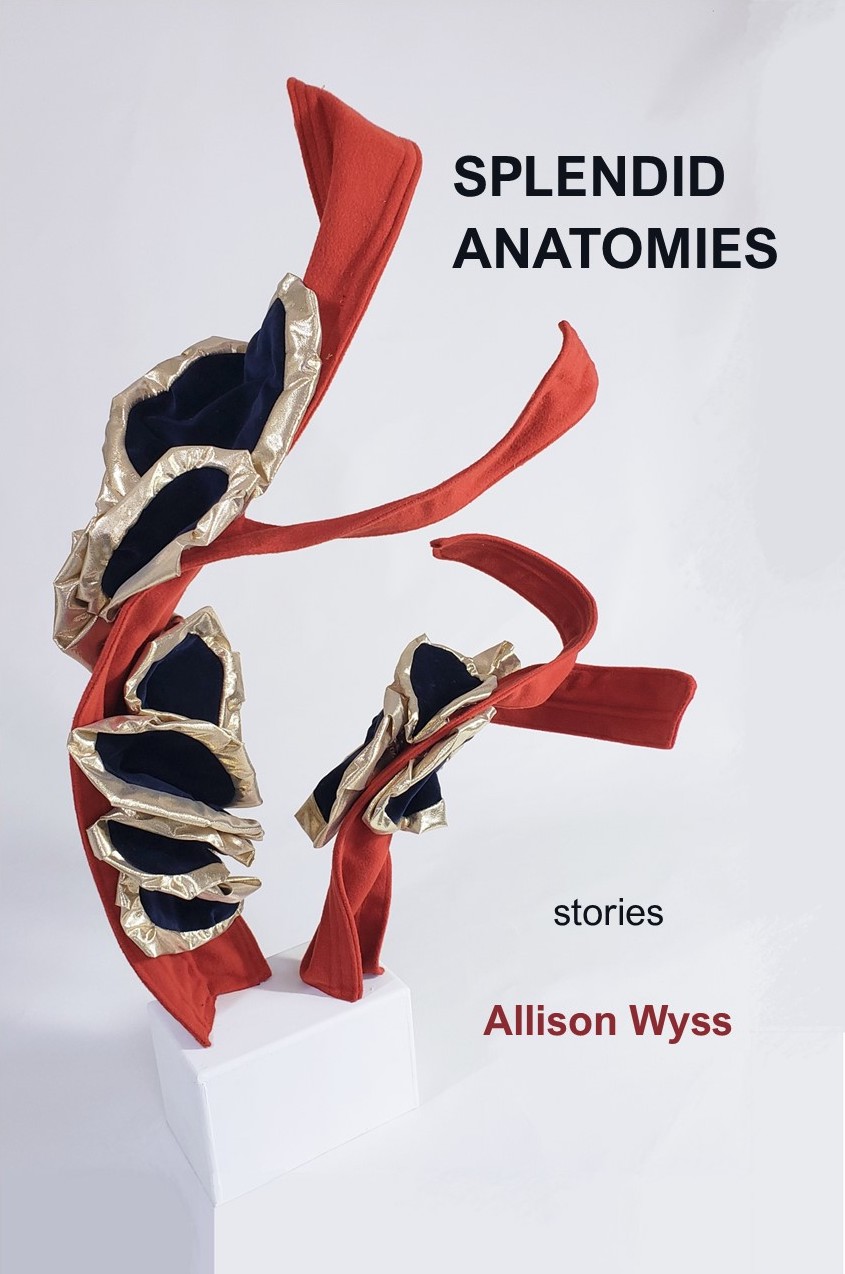On Revision


This past fall I found myself teaching an intense class on revision. Over the course of eight weeks, writers would complete eight drafts of a story, each time focusing on a specific aspect of craft. I also found myself with about the same amount of time to complete final revisions on a short story collection that would launch in March (Splendid Anatomies, Veliz Books). What a thing!
It was exciting and it was wonderful, and it made me think about revision a bit differently.
The situation itself was not unusual. I'm often writing at the same time that I'm teaching about it. I'm often intentional in using the same techniques I teach. And I always learn from the writers who take my classes.
But this one felt different. Maybe because the clock was ticking. I was telling the class to work on one thing at a time, but I was in a hurry. I was saying to focus on just one story, but I had sixteen. I said forget about finished, let each draft lead you to the next, but I had a deadline!
The act of revision has always felt to me like an act of reaching—but what are we reaching for?
In early drafts, I'm reaching to understand what the story is or what it could be. My reach is rather vague. (It can feel like flailing!) But it's also expansive, explosive. Early stages of revision are not about fixing but about generating. They're not about closing or completing or filling holes, but about breaking the story open in new ways and watching for what emerges.
It's where I hoped the writers in my class were.
Yet at some point, revision shifts. If in early drafts, you reach toward understanding, in later drafts, you reach toward realization. Ok, the story has taught me what it wants to be. How do I bring it there?
And that's the place I was supposed to be as I revised my collection. At least, that's where my editor thought I was.
But I revolted at this idea. I thought I was past even that place.
Because for each of these stories, I had been there before. Many had already been published in literary journals. And even if they had not, they had been through many rounds of revision. My writing group had read them. I had already reached for what each story was trying to be, and I'd also reached again (and again and again) to realize it.
When I began the eight weeks of intense revision, I thought the intensity was for those other writers. No need for me to reach that far or work that hard. I meant to make only small tweaks on stories that were already done. Maybe I had missed a comma. Maybe I could find a better word here and there. I certainly didn't expect a return to the generative stages of revision. I wasn't going to be cracking any of these stories all the way open again.
But I saw what the writers in my class were doing. Their stories were exploding. They were taking them in bold new directions. It was inspiring. I was more than a little bit jealous.
And so instead of reaching for commas, or taking the one step backward to reach toward realization (that thing I'd already found), I felt this new pull to return to the very beginning. I wanted to reach again toward understanding.
And that's when I figured it out: Even if the stories were "finished," the collection was certainly new. For this reason, my idea of each story needed to shift—not just the commas. Those commas were shaking right off the screen. I was in the space of explosion after all.
With the help of the writers in my class (as well as my editor and my writing group), I recognized that revising toward inclusion in a collection is different than revising toward a stand-alone story. The final object is not the story but the book as a whole. And that's what I needed to reach for.
I should say that many writers write a collection, always thinking about how the different stories work together. I might do that someday! But this time, I didn't. Splendid Anatomies came about by writing any old story that came to mind. I wrote about a tattoo artist missing her girlfriend. I wrote about floating naked through space. I wrote about an electrician who rides a bike wearing balloon boobs. I wasn't thinking about a book or whether the stories were related.
But at some point, I noticed that I had some hang ups, some topics that I couldn't stop writing about. I was fascinated with bodies, the ways we fight them, the ways we claim them. How strange and painful and glorious they can be.
Upon first realizing my predilections, I tried to escape them. I tried to write stories about something else entirely! But body modification kept creeping in. I wrote about a receptionist who befriends her Roomba—but she's also a rhinoplasty model. A security guard loses his metal detecting wand—but his whole body becomes one.
So I finally leaned in. I admitted that I cared about these things. And then I looked directly at my fascination with strange bodies to write more stories. An occult scientist studies feelings and bodies and ghosts. A witch is pestered by a toad, who she might have made that way; her body is magic too.
Then I had a baby, and I knew more things about bodies. I knew about the violence in them. Veins turn to worms inside my characters' legs. Snow White vomits up her own organs. My stories got weirder and a lot more gory.
So I had a theme!
But I still let each story go the way it wanted to. When I revised, I was trying to make a story be its true self and able to hold its own space.
If it appeared in a literary journal, my story would sit next to work written by other people. I could hope those other stories would be amazing, but I couldn't predict what they would be about or how they would interact with mine. There's peace in that. It's an aspect that I can't control and so I don't. I love the conversation it makes possible. I love the danger!
But in creating a collection, I was responsible for all of the stories. And my stories would talk to each other! But what would they say? Whatever it was, their conversation could become one more story.
This was a great and terrifying opportunity. Another puzzle to solve. Another ideal that my revision could reach for.
I watched what the writers in my class were doing, what I was urging them to do.
And so I approached my revision—so late in the process!—by breaking some of the stories instead of "fixing" them. It's in the jagged edges that they open to each other, I think. And that's my favorite approach to revision, after all. I open a story further—much further—before I stitch it back together. Then it's the stories who are reaching—beyond their own form. They're reaching for each other.
The puzzle of how a story fits into a collection might be more precise than the puzzle the other writers were solving, of how it fits into the whole freaking world. But it's all generative. It's all new.
I was a jerk at the beginning, thinking they had the easy job, and I had the hard one. But we all had hard tasks and glorious ones.
